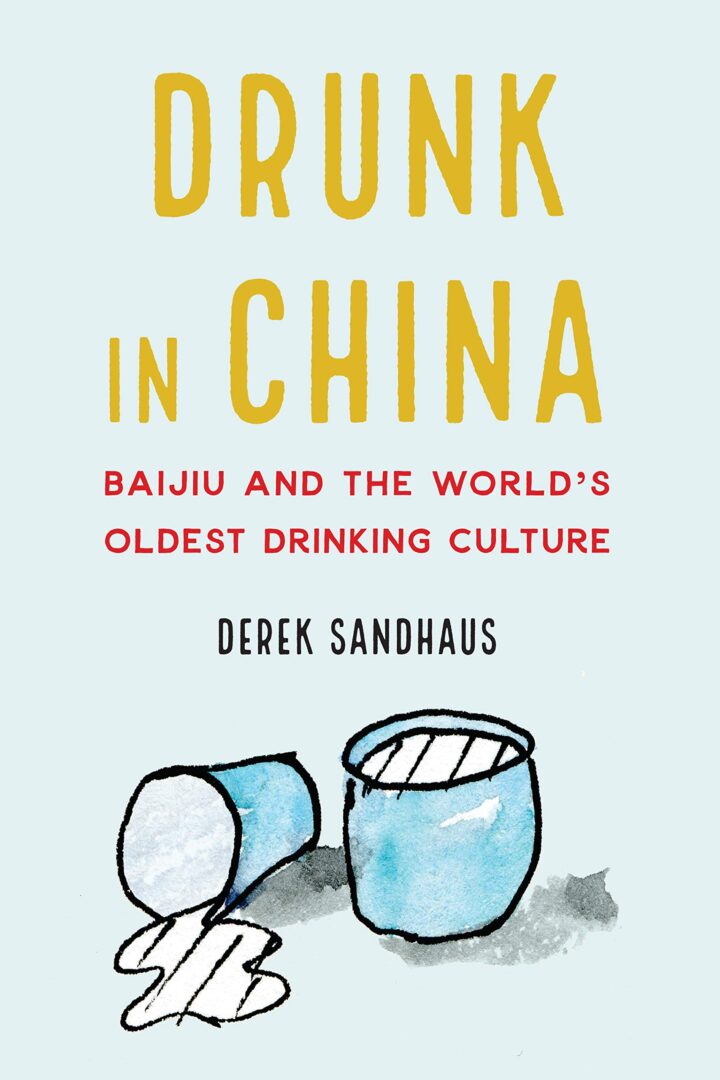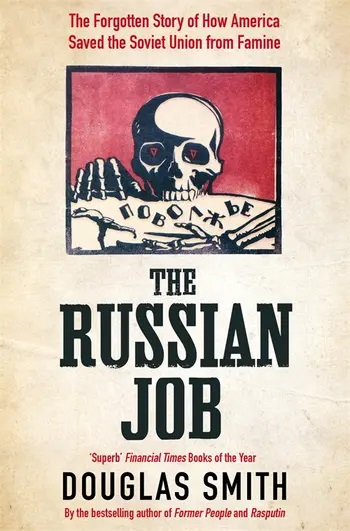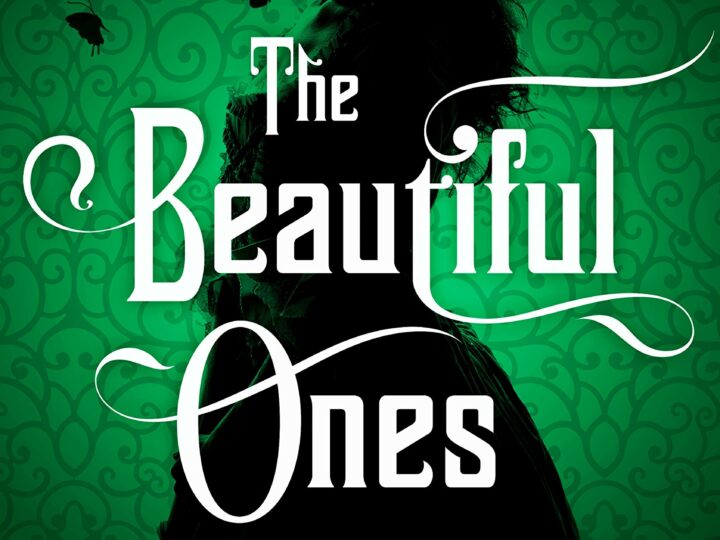Rookies to China are normally astonished by their most memorable experience with baijiu, the searing soul consumed at meals and family suppers, commonly contrasting it with stream fuel, paint stripper or drain cleaner. Indeed, even long haul ostracizes frequently shiver at the stuff. So could outsiders at any point figure out how to adore baijiu? Derek Sandhaus demonstrates it is conceivable. Yet, it takes some work, as he portrays in “Drunk in China.”
A Mandarin-speaker and the following life partner of an American representative to China, Mr. Sandhaus sniffs his most memorable glass of baijiu and looks at it to “the last whiff one faculties prior to awakening in a chronic executioner’s uproar room.” So when a companion lets him know it makes 300 efforts to figure out how to cherish the alcohol, he acknowledges the demand and starts a blog about his odyssey. The guaranteed revelation comes after 70 shots when Mr. Sandhaus airs out a container of National Cellar 1573, made by Sichuan’s Luzhou Laojiao refinery. “This was not just a great baijiu,” he composes. “It was a wonderful beverage. Enough said.”
- ADVERTISING - continue reading below -
Outings to China’s significant alcohol making areas follow, and Mr. Sandhaus shares a portion of his (shockingly manageable) drinking undertakings. He recaps the historical backdrop of drinking in China and the methods used to make different styles of wine and spirits. Furthermore, he examines the business possibilities for baijiu, a savor that in 2017 represented practically 40% of the world’s alcohol deals by esteem, as per the examination firm Brand Finance. Notwithstanding once in a while excessively rich composition, it’s a tomfoolery venture.
Generally made with sorghum and restrained at to 140 proof, baijiu — in a real sense “white wine” — is loaded with flavors that supplement Chinese food. Airborne yeasts are utilized to mature the grain, implying that every refinery’s item is remarkable and not transplantable. Indeed, even the season of creation influences the flavor, so the expert blender’s occupation is significant.
Baijiu’s strength of the Chinese drinking scene is similarly later. Prior to the Ming dynasty (1368-1644), wine produced using grain was the main drink. The acquaintance of the still driven with the improvement of China’s most memorable mixers, however these were focused on workers who needed to get plastered quick. Quick forward to the establishing of the People’s Republic in 1949 when, as Mr. Sandhaus expresses, “a proletarian revolution needed a proletarian drink.” According to Mr. Sandhaus, the new state’s most memorable permit to operate went to Beijing’s state-claimed Red Star distillery. Kweichow Moutai, a beverage the Red Army experienced during its Long March, became Mao Zedong’s weapon of decision at state dinners.
Thus it was that Premier Zhou Enlai toasted Richard Nixon with Moutai in the Great Hall of the People in 1972. One counsel wrote in a link that the U.S. president ought to drink it “Under No Repeat No Circumstances,” yet Nixon clearly loved it enough to bring some back home. Back in the White House, he showed his girl a well known Chinese party stunt, setting a saucerful of the alcohol ablaze. The saucer broke, and the resulting blast seared a table before the Secret Service could put it out.
Mr. Sandhaus visits the Moutai refinery and experiences the “Demolition Girls,” a group of 10 neighborhood ladies utilized to assist with drinking guests under the table. By and by, he stays sufficiently sober to appreciate quite possibly of China’s most costly elixir. “The taste was crazy: aged beans, wild mushrooms, unpleasant spices, cooked nuts — the flavors recently continued to come,” he glories. “I had been blindsided by the umami devil.”
From 11 yuan in 1982, the cost of a jug of Moutai took off to around 2,500 yuan, or nearly $400, in 2012, in the process turning into an informal list of debasement. Finance managers made everything go smoothly with government authorities by giving jugs of the costly liquor. Toasting overabundance together was likewise a significant method for building trust and a forerunner to corruption.
As the economy blast, China’s savoring scene the mid 2000s took a dim turn. In a peculiarity known as “ganbei culture” — after the toast that generally deciphers as “bottoms up” — Communist Party units and company directors participated in obvious utilization on a legendary scale. A state-possessed paper assessed the public authority’s yearly spending on alcohol at multiple times the authority guard financial budget. More terrible, guzzling turned into an obligation rather than a delivery from work. The capacity to keep one’s drinking under control was a significant capability recorded on sets of expectations. Ranking directors and authorities were expected to get plastered consistently, prompting a scourge of liver infection and stroke. Casualties were proclaimed as martyrs for forfeiting their wellbeing to ultimately benefit their partners.
After he came to China’s control in 2012, Xi Jinping got serious about defilement and gotten control over the revelry. Authorities discovered going out wining and dining are presently rebuffed instead of celebrated. The feast cleanse made the cost of Moutai to plunge, alongside the stock costs of the enormous baijiu distillers. The business has since recuperated in light of the fact that so many well off Chinese actually like their baijiu. Yet, Moutai and its friends face another approaching test: Young Chinese who predominantly incline toward red wine and other Western beverages.
- ADVERTISING - continue reading below -
China’s distillers need to track down new business sectors for baijiu, and Mr. Sandhaus has embraced this mission with the energy of a believer. He helped to establish Ming River Sichuan Baijiu to sell a baijiu created by Luzhou Laojiao, the very distillery that delivers the 1573 hooch he previously became hopelessly enamored with. He accepts that cosmopolitans will embrace legitimate Chinese baijiu in the event that it is introduced in a recognizable structure. Keeping that in mind, he advances the formation of baijiu mixed drinks. It’s a gutsy bet, particularly by one who at first thought baijiu “smelled as though somebody had wrung a trash container of dirtied exercise center shorts into a can of fish sauce, blended in an equivalent proportion of Drano, spoiled natural product, and blue cheddar, and passed on it to marinate a couple of days.”
Drunk in China by Derek Sandhaus (Potomac) contains 295 pages.
Rating : 4 Stars
Views: 1



